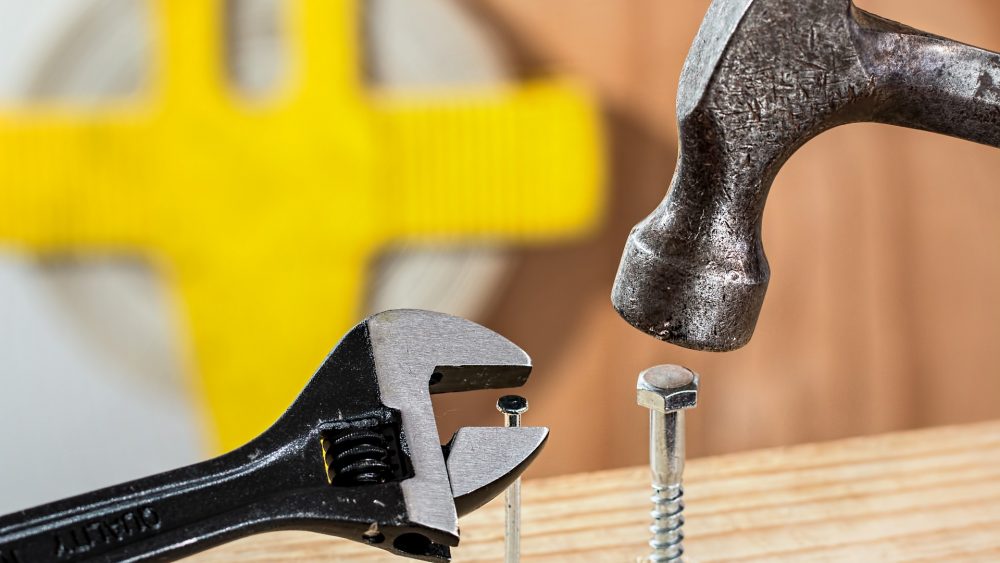Simple hand tools such as hammers, wrenches, chisels, screwdrivers, and pliers are highly underrated sources of potential danger. The truth is these very common, harmless seeming hand tools account for nearly 10 percent of all compensable injuries in the workplace. Injuries can range from minor bumps, abrasions, or bruises up to loss of fingers, eyesight, and even death.
Do what you can to avoid such injuries by following these safety procedures:
- Use the correct tool for the job, and use the correct sized tool, don’t use a screwdriver as a chisel or a wrench as a hammer
- When cutting, cut away from your body
- Don’t use broken or damaged tools
- Keep close track and a good grip on tools when working at heights, falling tools can have fatal results
- Don’t carry tools up ladders, use a hoist or rope
- When passing a tool to another person, do so by the handle, never throw it to them
- Never carry sharp objects such as screwdrivers in your pockets, use a sheath
- Keep your tools well maintained, not only do they work better but they’re safer too
- Store tools properly in your tool belt or a toolbox when they’re not being used
- Try to make use of ergonomic tools to minimize strain and stress from repetitive or unnatural movements
- Make sure you have secure footing and grip when working
- Do not use tools if your hands are oily, greasy, or wet
- Use tools for their intended use (ie: don’t strike with the cheek of a hammer)
- Use devices to keep your hands out of danger whenever possible (ie: push stick for cutting, tool holder for chisel)
- Make sure to use the correct personal protective equipment (PPE) for the job.


Comments are closed.